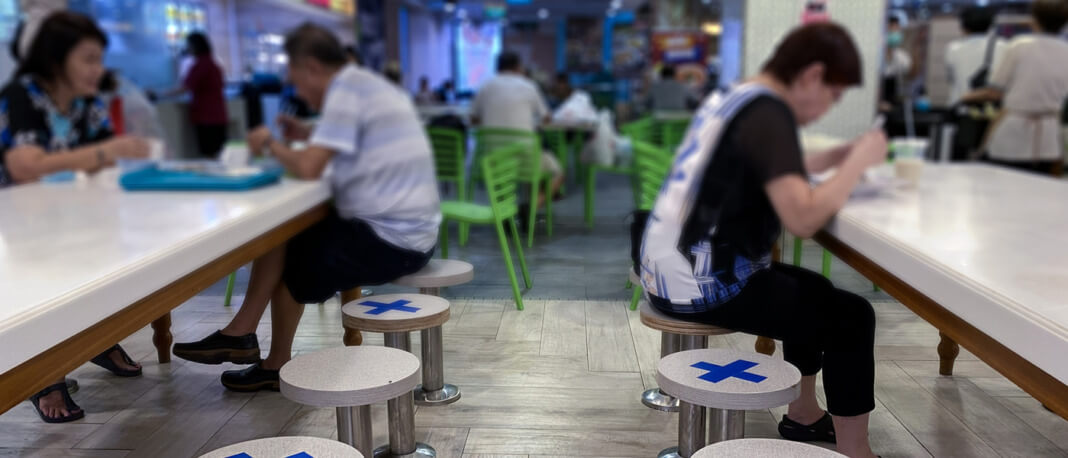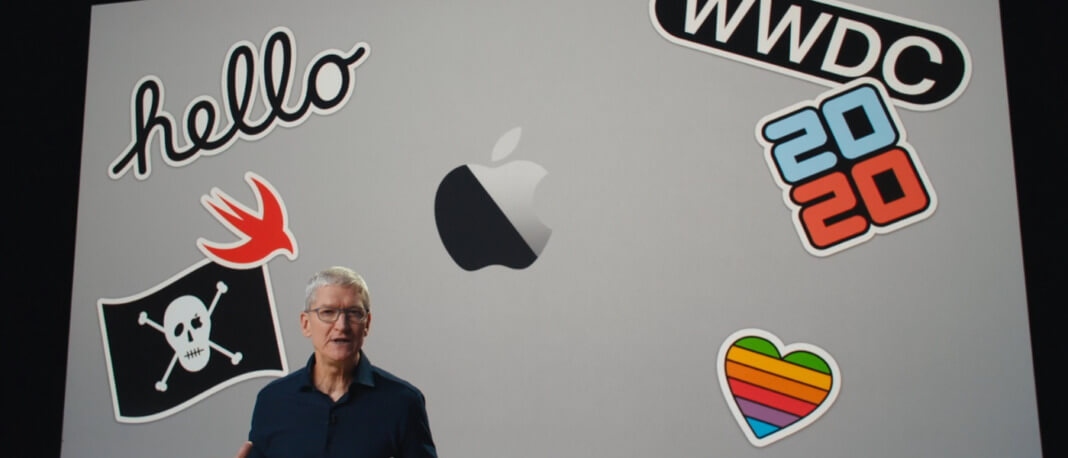With a little over three weeks into Phase 1 of Singapore’s three-phased approach to re-opening the economy, the Multi-Ministry Taskforce announced that the country is ready to enter Phase 2 – specifically after 18 June 2359hrs. While this does not mean a return to a pre-COVID19 situation, Singaporeans can look forward to a relaxation of measures though these would still be bounded by some safe-management procedures.
Most notably, dining in at food and beverage outlets is now permissible but limited to groups of five per table, social gatherings of up to five individuals are allowed as well and these pax limitations applies to household visits too. To add, regulations such as the mandatory wearing of masks outside the household, and 1-metre safe-distancing still applies.
To help you navigate through Phase 2, here are some recommendations for your consideration:
Google Sodar app
During the 2 month-long circuit-breaker, it was a common sight to see social distancing stickers on public transport, bus stops, and MRT platforms. These stickers, however, were no longer seen from 2nd June 2020 – the start of Phase 1. It has been reported that the reason for removing the stickers was that it would be difficult to enforce social-distancing once the crowds are back.
Regardless of the removal of the social-distancing stickers, the 1-metre distancing is still enforceable in public, hence, to provide a visual cue on how far should one stand apart from another individual, the Google Sodar app can be used.
Though there is debate on how far is enough, according to Singapore’s regulations, a distance of at least 1-metre is applied in public places. The Sodar app more than satisfies this measurement as it provides users with a 2-meter visual cue that is digitally superimposed on a floor’s surface via the use of augmented reality. With a mobile phone in hand, users can now have their own personal measuring tape everywhere they go to keep themselves safe.
Spaceout: Mall crowd monitoring tool
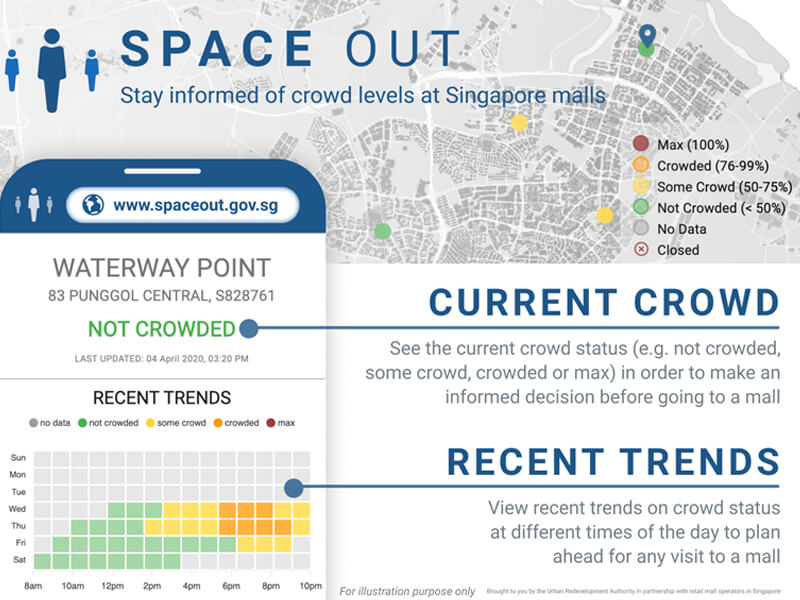
Given that Phase 2 has only recently started, it is understandable if some are hesitant to head out due to crowd concerns especially over at the malls where it has seen queues as some retailers were allowed to open since Friday.
If heading out during Phase 2 seems like an unappealing notion but you would still like to have your shopping fix and banter vis-a-vis with your friends, choosing the right time to do so would be just the way to go about it.
To help with crowd monitoring in the malls, the Urban Redevelopment Authority (URA) has partnered with retail mall operators to come up with a new website called Spaceout. Though the initiative was launched on 5th April 2020, just as the country was about to enter the circuit-breaker, it has greater relevance now given that people can get regular updates on crowd levels and choose to go out during low-crowd periods.
UNIQLO AIRism Mask
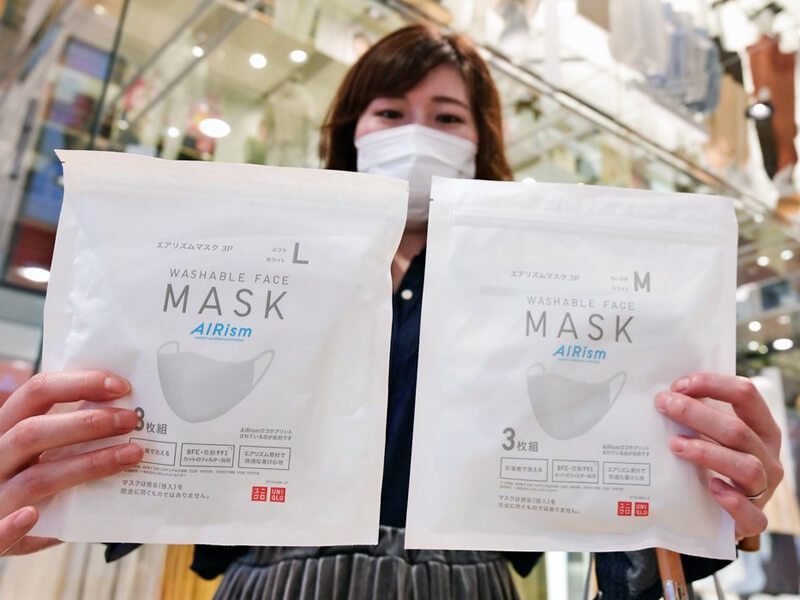
UNIQLO’s parent company – Fast Retailing Co. – announced on their website recently that UNIQLO has developed and launched their AIRism mask in response to consumer demands for a reusable and comfortable daily product.
As shared in the announcement, UNIQLO’s AIRism mask has a three-layer design with a mid-layer high-performance filter that has a 99% bacterial filtration efficiency. This allows it to block droplets, bacteria, virus-contaminated particles and pollen.
At the moment, the mask is exclusively sold at all stores in Japan from 19th June, but Singaporeans can look forward to purchasing the mask here as UNIQLO Singapore has shared in a Facebook post that the mask will be launched in phases for markets outside of Japan with details being announced closer to the scheduled launch date.
Perhaps while waiting for the launch, Singaporeans can head on to their nearby Community Clubs (CCs) and Resident Community Centre’s (RCs) to redeem government-issued re-usable masks.
MRT concession refund in transport credits
When Prime Minister Lee Hsien Loong addressed the nation on the 3rd of April to announce that a circuit-breaker will be enforced in a matter of days – from the 7th of April to be precise – it was a tight timeframe for Singaporeans to pivot to a lockdown.
Given that it was the start of the month of April, it was not unusual for many Singaporeans who commute daily via the country’s public transport system to have already purchased a month-limited concession pass. With the circuit-breaker initially planned for one month and further extended to two, the paid-for credits of the concession pass would have already been expired but barely used.
To address the issue, Transitlink announced in their newsroom that citizens who have already purchased concession pass will have a pro-rated refund for the unused portion for the period of the circuit-breaker or till their pass expiry, whichever comes earlier.
With Phase 2 being in effect since Friday, naturally, there would be a need to commute more for work and essentials. Singaporeans can check if their concession pass is eligible for a pro-rated refund (in the form of transport credits) via the Monthly Concession Pass Refund Availability Check.
Public Health Preparedness Clinics
As part of a coordinated national response to combatting the pandemic, Singapore’s Ministry of Health announced on their website at the early onset of the pandemic that it will be re-activating the Public Health Preparedness Clinic Scheme.
The initiative is an approach to consolidating primary care clinics’ response to public health emergencies into one scheme for more efficient management of an outbreak or pandemic. Although the duties of PHPC would differ according to how the situation calls for it, generally, the scheme aims to serve the primary healthcare needs of the country.
Particularly with respect to COVID19, the PHPCs have a structure of information dissemination in place, with strong processes that will support the aim of minimising community spread of the virus. With special subsidies for Singapore Citizens and Permanent Residents, those who have concerns or are showing symptoms can refer to the Flu Go Where website to search for the nearest PHPC for medical assistance.
HEPA purifiers
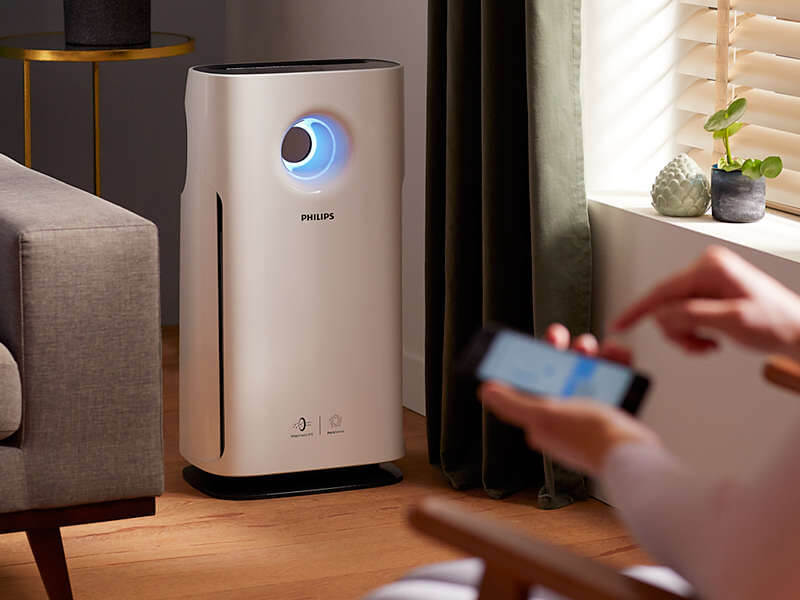
After all that heading out, it would be comforting to return home knowing that the house is equipped with a High-Efficiency Particulate Air (HEPA) filter to purify the air of particulate contaminants that one might possibly bring back.
HEPA purifiers are considered the best air purifiers on the market given their 99.97% efficiency in removing particulates that are no more than 0.3 microns in diameter. This includes deadly particulates such as PM 2.5 and PM 0.5.
Though it is important to note that even the best HEPA filter will not kill viruses, an air purifier equipped with a HEPA filter can help improve the quality of air at home, which is helpful for families with young children, elderly, and pregnant members that contend with asthma, allergies, or eczema.
The start of Phase 2 is indeed an encouraging sign for Singaporeans and the country as a whole. Hopefully, as Singaporeans begin this step towards Phase 3, we would exercise our citizenry duties to be responsible members of the public, “And in the end, hand-in-hand, we will get there.”
